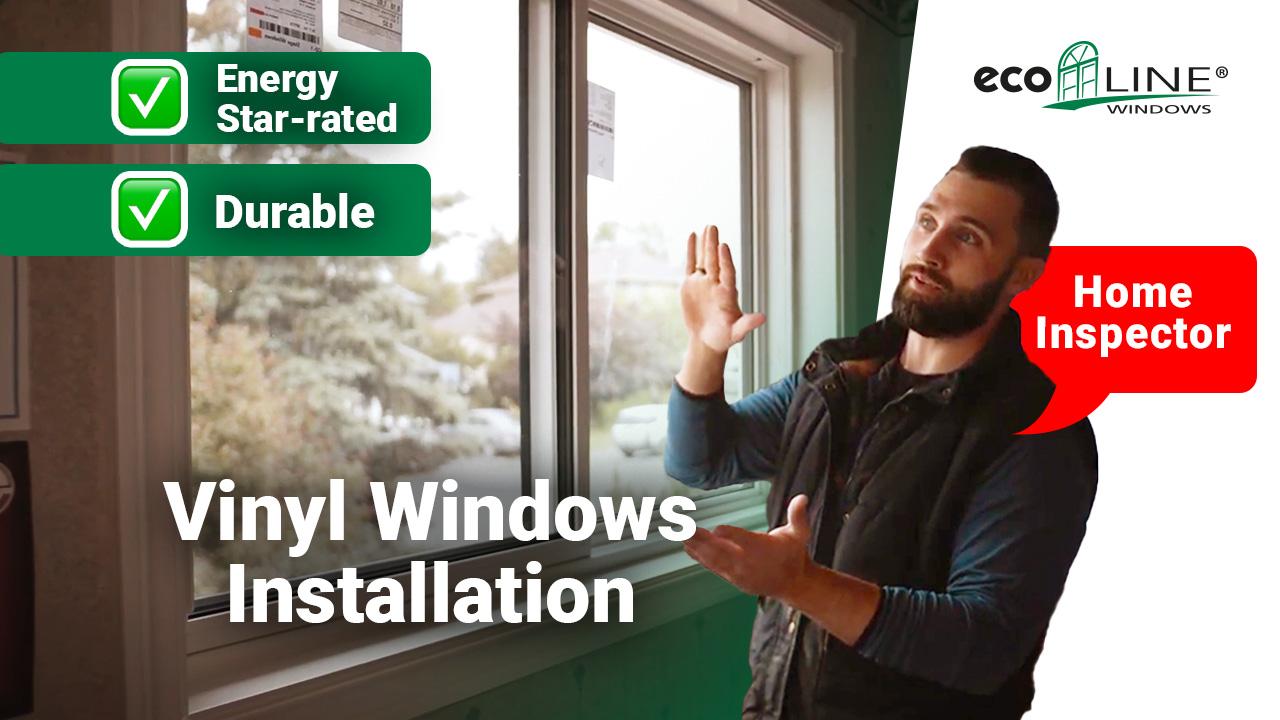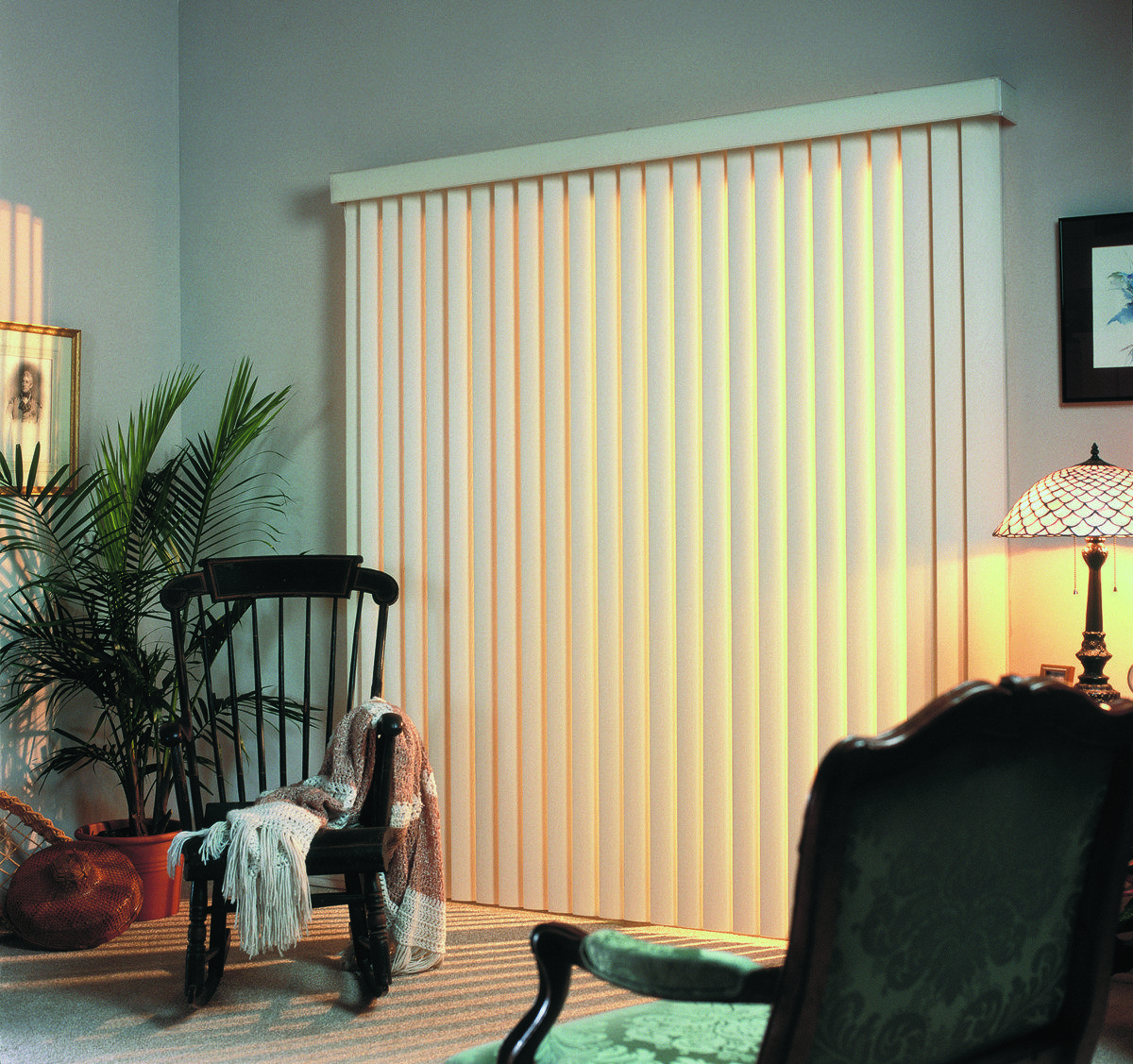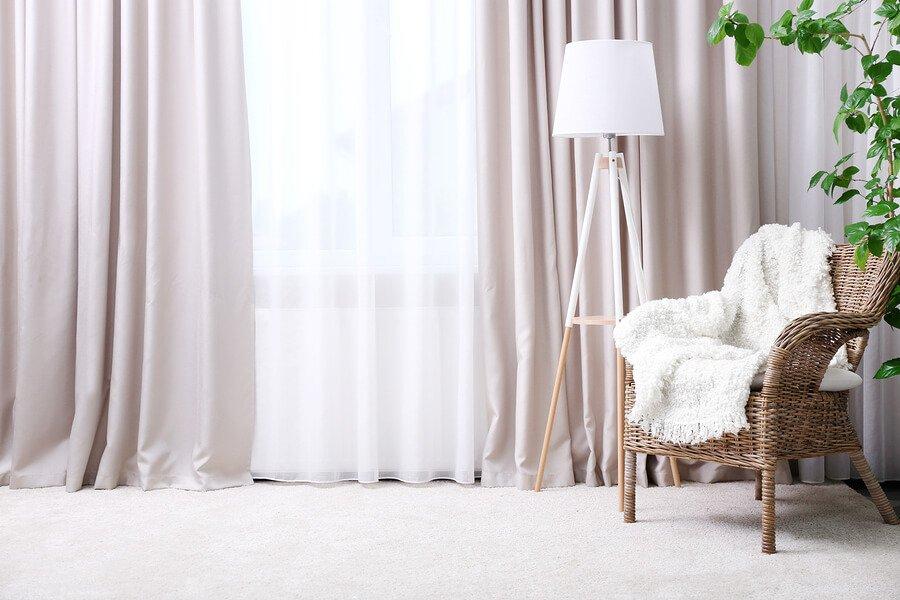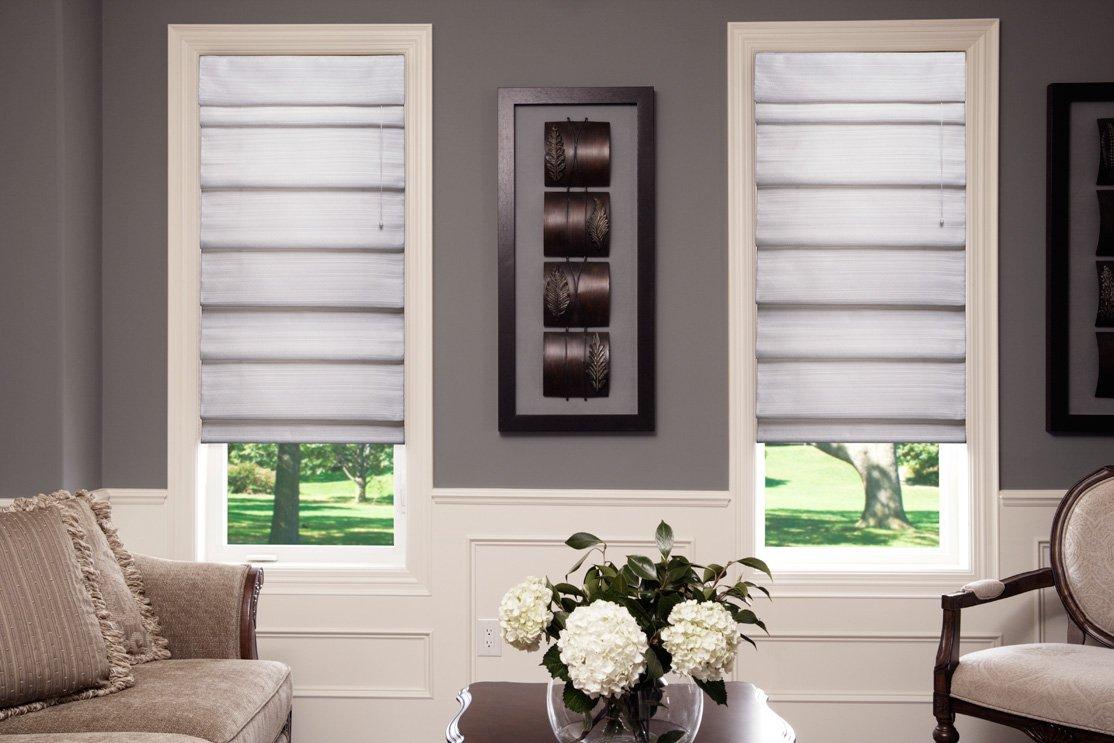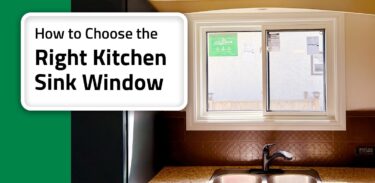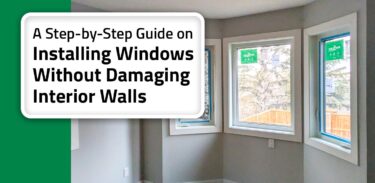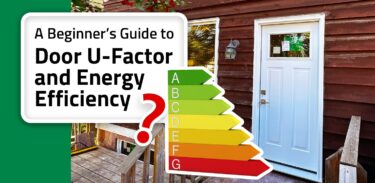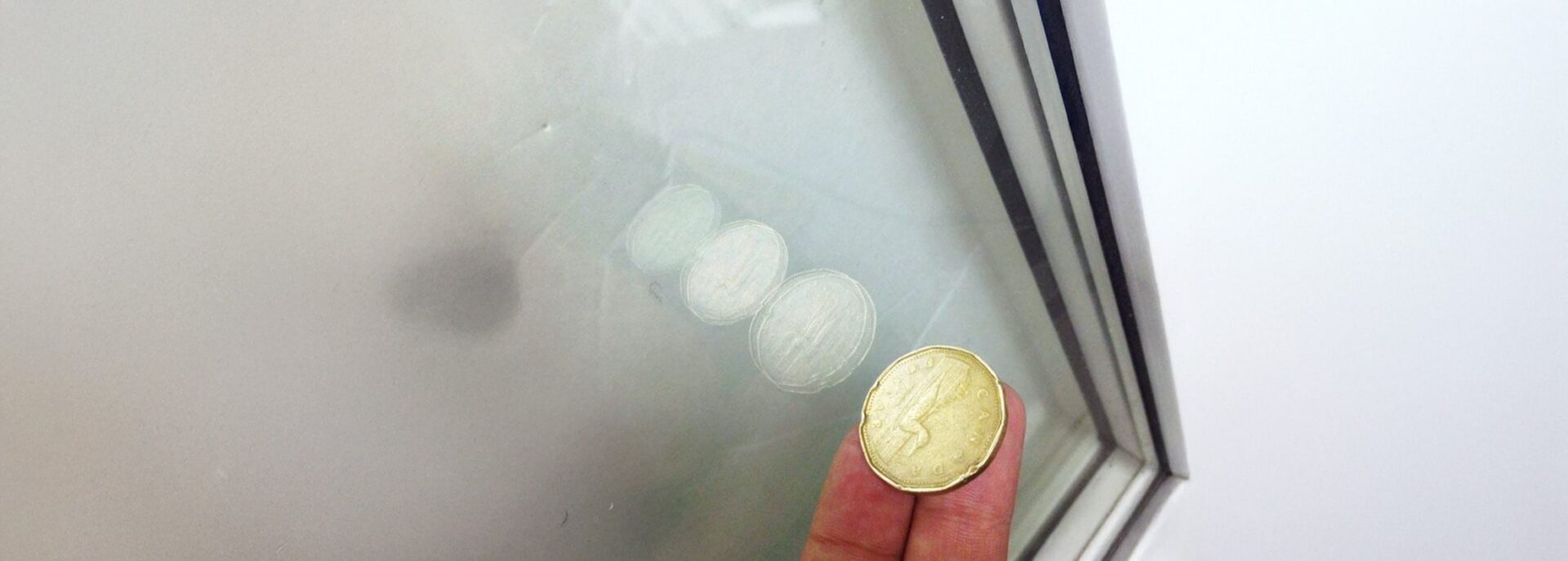

Top 6 Post-Installation Questions About High Efficiency Windows
Jan 10, 2025
9 min read
499
After the dust has settled and the furniture has been put back in its usual spots, it suddenly dawns on you – “It’s over”. Your window replacement project has come to a successful end leaving you to enjoy your investment in some peace and quiet.
As you walk from window to window opening and closing them your head starts to fill with questions. Just as it is true with anything in this world, there is no such thing as a dumb question when it comes to replacement windows.
Below you will find top 7 most common questions homeowners usually ask after having their new windows in place. Let’s take a look and make sure you are well-informed before your upcoming window replacement project.
How Can I Tell If I Had Triple-Pane Windows Installed?
One of the most frequently asked questions that homeowners have after having their home windows replaced is how can they tell whether the triple pane windows that they just got replaced are indeed triple pane. The reason why there is so much confusion about this matter is because you actually cannot see the third pane of glass in modern windows.
If you look at a cross-section of triple glazed windows you will see that the middle pane is separated from the two outer panes by low-conductivity spacers. If looking from the inside all that can be seen is the spacer with a silver line down the middle – this silver line is the third pane.
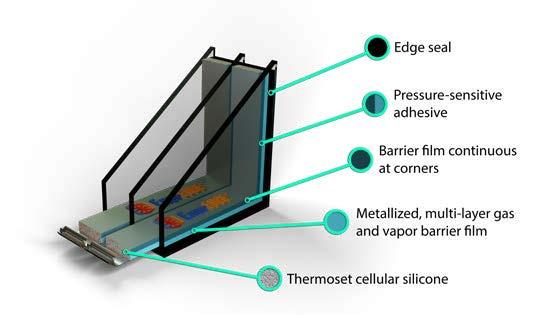
Another foolproof way to tell if the glazed unit is triple pane or not is to do the “reflection test”. The test consists of taking a solid object like a coin and holding it perpendicular to the glass surface. Looking to see how many reflections of the coin are reflected in the glass you should be able to tell whether or not the glass is triple or double pane. If there are three reflections it is triple if there are two it is double.

Can You Drill Holes in Vinyl Windows?
If you have chosen vinyl windows, PVC windows, or fiberglass windows over wood windows, then chances are this question has crossed your mind. Homeowners who previously had blinds installed inside of their old windows worry that drilling holes in the jamb of their new high-efficiency windows will affect their functionality or even worse, void their warranty.
Thankfully both of these worries are unfounded. Vinyl, while lightweight, is an incredibly strong and durable material, so drilling into vinyl window frame for blinds will be no different than drilling into a wooden component and much less harder than drilling through metal window frame.
The warranty is not affected as the integrity of the window was not affected and no change was made to the unit. What you need to keep in mind is that if you ever decide to get rid of the blinds, you will not be able to replace the jambs free of charge.
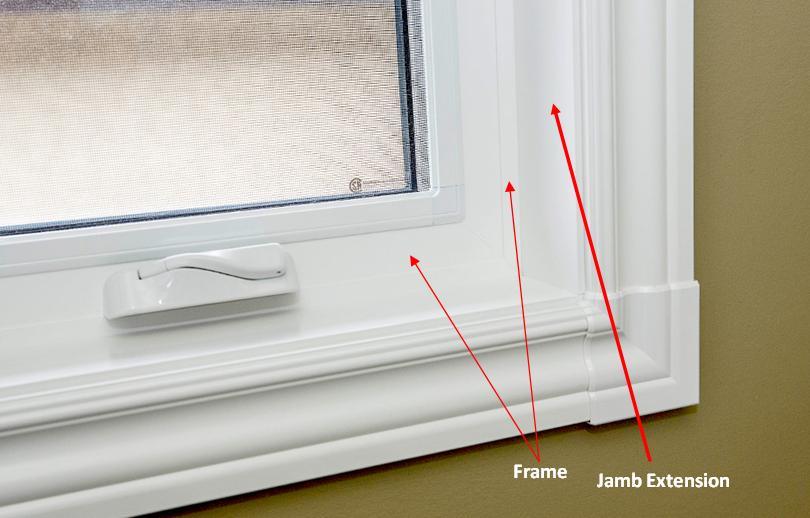
What Are the Vinyl Window Maintenance Tips?
In the process of doing research to find the best windows for your replacement project, you considered multiple criteria such as window prices, the energy efficiency of the windows, and their functionality.
At some point during that process, you most likely thought of maintenance. In fact, for homeowners making the transition from wood windows or aluminum windows with wood trim, the maintenance question is a big one. Relative to these two materials, caring for new vinyl windows is almost non-required.
First and foremost you do not need to re-paint them. You also do not need to re-caulk them yourself because chances are your windows company offers an installation warranty which will cover such maintenance for a certain period of time.
This only leaves the maintenance of window parts such as closing mechanisms. Made of stainless steel, these components do not need much maintenance, however, replacement windows care tips suggest that a little extra lubrication will only do these windows good.
Sliding tracks for single and double hung windows, as well as horizontal sliders, can be lubricated. Crank mechanisms for vinyl casement windows, awning windows, tilt and turn windows and egress windows can be lubricated as well. Vinyl lubricate is the only material that should be used as the use of lubricants such as WD40 will compromise the vinyl.
How to Install Blinds on Replacement Windows?
After new windows are installed, most homeowners shop for blinds and want to know how to hang them right, so they usually ask our installation crew how to DIY. Of course, you can do that by following some general advice to ensure they look great and enhance energy efficiency:
- Choose the Right Mount Type: Inside mounts offer a sleek look by fitting within the frame, while outside mounts can add dimension and better control light gaps. Pick the one that best suits your window style and light control needs.
- Measure Carefully: Since replacement windows can vary slightly from your old ones, measure the frame width and height precisely for a snug fit. Even minor differences in size can impact installation, especially for inside mounts.
- Opt for Energy-Efficient Blinds: To complement the insulation of your new windows, consider energy-efficient options like honeycomb or solar shades, which can help reduce heat loss in winter and keep interiors cooler in summer.
However, custom windows usually require custom blinds to complement them and assist in improving energy efficiency. Installing blinds on vinyl windows is also not as straightforward as it may seem and requires special tools and expertise to ensure maximum performance.
At Ecoline Windows, our experts can assist you in selecting and installing blinds that align with your style and maximise energy efficiency.
Will I Have Condensation on Windows After Replacement?
The last big question that homeowners have after having their custom windows put in is whether or not they will have condensation. The answer to this question is not altogether obvious and very much depends on each individual property. If the windows that were put in are eco windows, high-efficiency windows, triple pane windows or all of the above, then the likelihood of condensation should definitely be reduced.
However, whether you get condensation or not will greatly depend on the amount of humidity inside the home. Sometimes we get calls from homeowners saying that their newly installed have condensation. When we mention humidity, the homeowner says, “I assure you, sir, the humidity in our home is no higher than 50%!”. This is where the issue lies. Energy Star has come up with target humidity levels given a certain outside temperature.
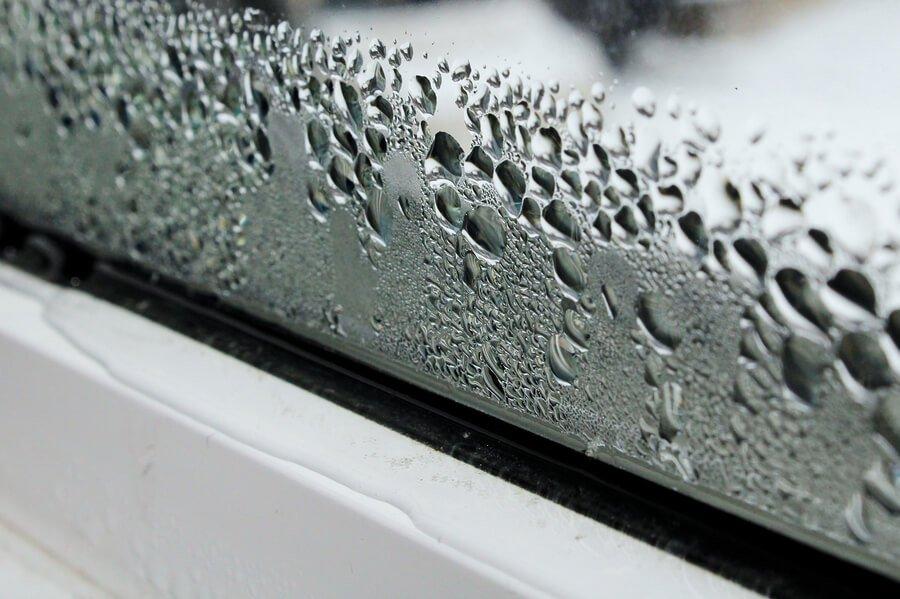
At 20 degrees celsius, the humidity inside the home should be between 35 and 40%, if it is at 50% then there will be condensation. At the opposite end of the scale, at minus 20 degrees celsius, Energy Star calls for 15-20% humidity to avoid condensation. To answer the question in a more definite manner, we can say that if the humidity inside your home exceeds the allowed amounts then you will continue to get condensation in all weather conditions.
Most of the time, if the humidity inside your home is under control then you will have condensation free windows which will prevent drafts and heat loss. Following these guidelines, however, does not always guarantee that your home will be condensation free. Furthermore, and possibly most important is that a high level of humidity is damaging to your health as it fosters the growth of and spread of mould throughout the house.
What to Do If Something Is Wrong With the Windows?
Finally, if you ever experience any issues with your new windows or have some concerns about their performance or installation you can always contact your window suppliers for servicing and warranty. Most window companies will have a call in service line where you can express your concerns or claim a post-installation window care.
If you got your windows straight from a windows manufacturer it may be a little more difficult to get the units serviced as many issues can be attributed to poor installation. Keep track of your supplier’s service record to be sure that should anything go wrong, you will be covered. Having this knowledge works wonders for your peace of mind.
F.A.Q
Can you screw into vinyl window frames?
Yes, you can drill into the jamb extension of your vinyl window to install blinds. Vinyl is a strong and durable material, so drilling a few holes won’t affect the window’s functionality or void the warranty. However, keep in mind that if you decide to remove the blinds later, the holes will remain, and replacing the jambs free of charge may not be possible.
How can I confirm I have triple-pane windows installed?
To verify if your windows are triple-pane, perform the “reflection test.” Hold a solid object like a coin perpendicular to the glass surface and count the reflections. Alternatively, use a flashlight to see multiple reflections. Three reflections indicate a triple-pane window while two mean a double-pane window.
Will my new windows have condensation?
Condensation on new windows can occur if the humidity inside your home exceeds recommended levels. At 20°C, indoor humidity should be between 35% and 40%; at -20°C, it should be 15% to 20%. Maintaining these humidity levels can help prevent condensation.
1750 Coast Meridian Rd #102,
Port Coquitlam, BC V3C 6R8
100, 17866 106A Avenue,
Edmonton, AB, Canada,
T5S 1V3
3307 Dunmore Rd SE #12,
Medicine Hat, AB,
Canada, T1B 3R2
2081 Merivale Rd #201, Ottawa, ON, Canada, K2G 1G9
by appointment only
109 Ilsley Ave Unit #3, Dartmouth,
NS, Canada, B3B 1S8







